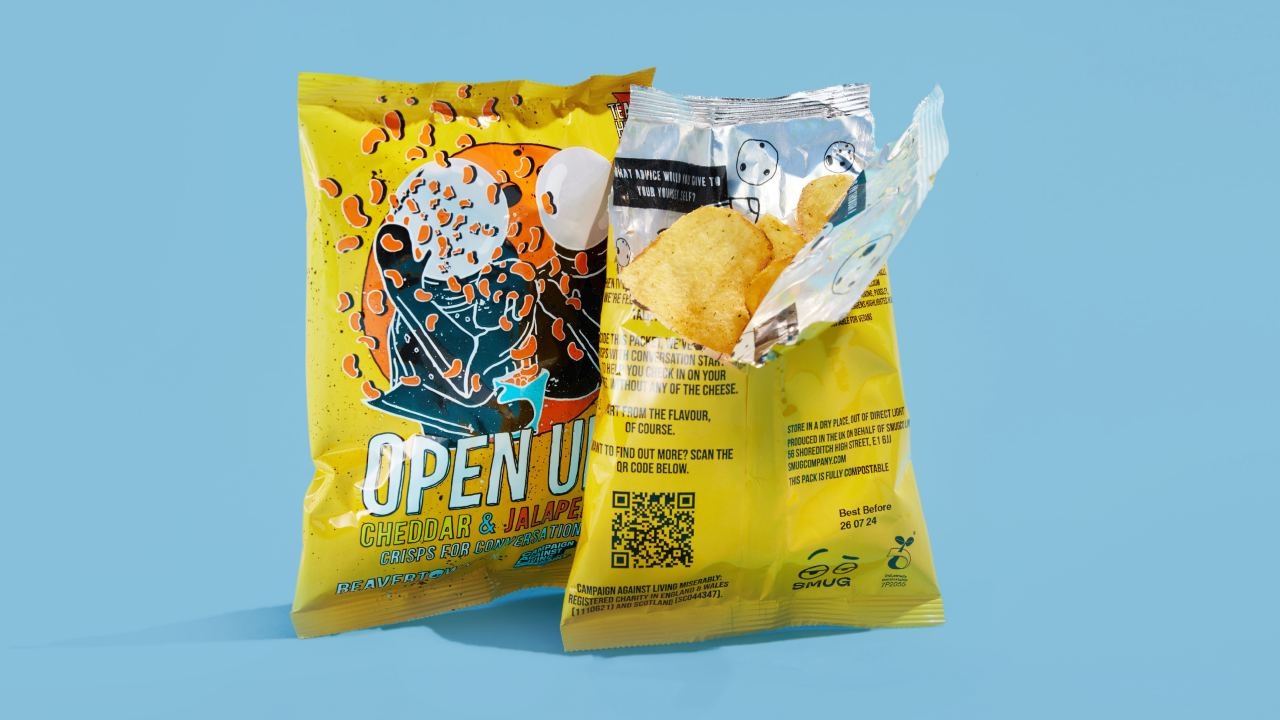UK converter moves into digital
Soabar has had a long and varied history. The company was founded in the USA as a textile machine supplier, and continued to serve that market under the Soabar name after its acquisition by Avery Dennison. It had offices around the world, with its UK site opened in the 1970s. This UK facility was later acquired by the Sessions family, who owned the historic UK converter Sessions of York. Michael Sessions was managing director of Soabar until 2008, until a management buyout by Phil Achurch and his wife Jo. A year later, production director Robert Gallagher bought into the company and joined the board.
Since then, Soabar has gone from strength to strength. ‘At the time of the management buyout, the company’s turnover was 1.3 million GBP [1.73m USD], but it wasn’t profitable,’ says managing director Phil Achurch. ‘Since the buyout, the company has been profitable every year. Turnover has risen to 2.2 million GBP [2.9m USD] and nine percent growth is forecast for this year.’
Longevity
A key facet of this success has been the longevity and experience of Achurch and his team. Production director Robert Gallagher has been with the company for 34 years; office manager Angela Cluskey for 26 years; machine operator Stuart Dickson for 30 years. Achurch himself has worked for Soabar for 27 years, beginning as a works engineer, and rising through the roles of installation engineer, technical manager, sales rep and sales manager before becoming managing director after the buyout. During L&L’s tour of Soabar’s factory outside Leicester, he points to the tooling station where he began nearly three decades ago. ‘Customers often trust an engineering background in an MD more than an accounting background,’ he says.
Equally important is the diversity of Soabar’s business and its focus on service. Fifty percent of revenue comes from sales of a wide range of desktop printers, which includes thermal transfer label, textile, single card, two color, and full color inkjet label printers, as well as accessories, consumables – such as satin, for the wash-care market, and thermal foils – and barcode label software. Over-printers have been sold since the days of Soabar’s acquisition by Avery Dennison and Soabar now stocks a wide range of thermal transfer machines from various manufacturers around the world.
Label printing makes up the remaining 50 percent of revenue. Forty percent of this figure is dedicated to blank and 1-2 color labels, usually sold to users of the desktop printers. The other 60 percent is from swing tickets, hanger tags and self-adhesive labels. Tags and tickets are for the textile sector – the company supplies tags for UK retailer next, among others. For self-adhesive labels, the food, chemical and automotive markets are Soabar’s strongest end user sectors, with the latter said to be the fastest-growing. The company also serves the logistics and pharmaceutical markets. The majority of label sales are in the UK; textile printers are exported worldwide.
‘We focus on service rather than price,’ says Achurch. ‘We install and maintain the machines. We are a one-stop shop, providing machines, labels and service.’
‘New printing jobs often come out of machine installations. We have around 700 customers, and our client retention rate is excellent,’ says Gallagher. ‘They are spread across different sectors, so we are not reliant on any one customer,’ adds Achurch.
Digital move
Following the management buyout, ‘the first order of business was to consolidate and then upgrade the machinery’, says Achurch. In the 1980s, Soabar had installed Kopack letterpress machines and flexo presses from the US which were rebranded as Soabar presses. Finishing took place on a Chinese hot foil, laminating and sheeting machine. One flatbed Kopack is still in use, dedicated to card work.
In the early 2000s, the company added two AB Graphic finishing machines – a Vectra turret rewinder and ATR inspection rewinder – and one from Focus Machinery. In 2005, Soabar installed a Taiwo press and a 2-color Nilpeter FA-4 – the chassis of a 4-color press with the ABG Vectra attached in-line – for the production of blank and 1-2 color labels. According to Achurch, the Nilpeter will likely be upgraded back to a 4-color machine in the near future.
A year after the buyout, Soabar installed an 8-color Edale Beta water-based flexo press, which was later upgraded to a UV system. In early 2016, Achurch and his team then began to evaluate the digital printing options in the market. During this process, Soabar farmed out work to external suppliers with digital capabilities, one of whom was a Xeikon user. When the company decided to install the Konica Minolta bizhub Press C71cf in December last year, ‘there was no problem shifting this work to the Konica Minolta press,’ says Robert Gallagher.
‘The quality it produces is superb,’ he continues. ‘It is more than comparable to the work produced on a Xeikon press. The Konica Minolta only prints CMYK but is a fraction of the cost of the bigger machines. The inks are very durable and there are no hidden costs. It is also very easy to run – an operator who hadn’t run a press before was running the Konica Minolta machine without any problems after just one day. Our clients like the fact that they can press a button, look at a sample, and pass the job.’ With Soabar’s 23 employees housed in a small factory of 650sqm, the relatively small footprint of the Konica Minolta press was also an advantage. The Konica Minolta bizhub Press C71cf uses a dry toner electro-photographic imaging engine and will print roll-to-roll CMYK at 13.5m/min at a native resolution of 1200 x 1200 DPI / 8 bit. Maximum unwind/rewind diameter is 500mm (20in). The press requires no pre-treatment of materials.
‘We were looking at HP Indigo and Xeikon machines initially,’ reveals Soabar’s digital sales manager Simon Tolley, who has spent the last nine years working in the digital label market. ‘But when we saw the Konica Minolta press, we were impressed by the color gamut it could hit and the quality of the solids it could produce, which in our opinion was more than comparable to the likes of the HP Indigo and Xeikon presses.
‘The cost to quality ratio is very good, there’s very little maintenance, and the fact that it can print on virtually any material is a huge advantage. Our clients have been very happy with the results.’ ‘We can’t fault the support from Konica Minolta,’ continues Phil Achurch.
The press is the first of its kind in England (UK installations had taken place in Scotland and the Republic of Ireland), and the strong relationship between Soabar and Konica Minolta is evidenced by the converter allowing its operation to be used by the press manufacturer as a showroom for potential clients.
To complement the Konica Minolta press, in January of this year Soabar installed an AB Graphic Digicon Lite with lamination, varnish, cold foil and semi-rotary die-cutting. The majority of labels printed by the Konica Minolta press are finished on the Digicon Lite.
Within the 60 percent of production dedicated to self-adhesive labels, the Konica Minolta press contributes around 14 percent, a figure which is rising. The installation has helped Soabar attract new clients, particularly in the beer, water, food and chemical sectors. The press prints one shift, with an average run length of 250 linear meters.
According to Phil Achurch, Soabar’s next potential investment is in a management information system. ‘Our challenge is to integrate the Konica Minolta press further into the existing workflow of the business, to increase the automation of orders and client pdfs through to the press and then to finishing.’
The company launched an updated website 12 months ago, with regularly updated blogs and news. ‘We receive lots of orders online, particularly from abroad,’ says Achurch. In a further recent development, Soabar recently launched an apprenticeship scheme.
Stay up to date
Subscribe to the free Label News newsletter and receive the latest content every week. We'll never share your email address.


